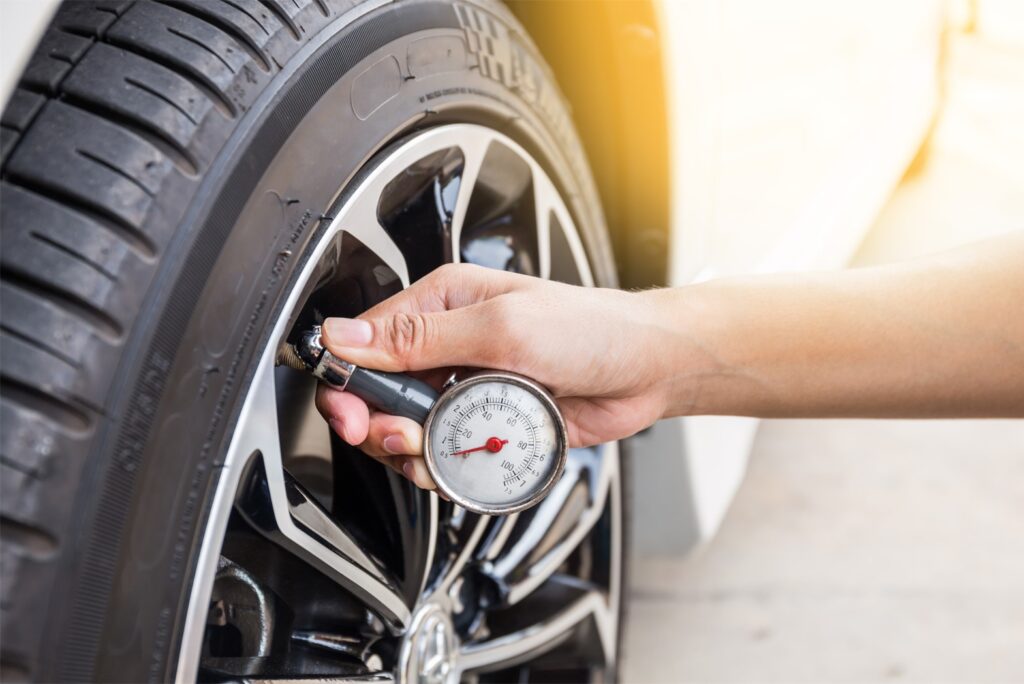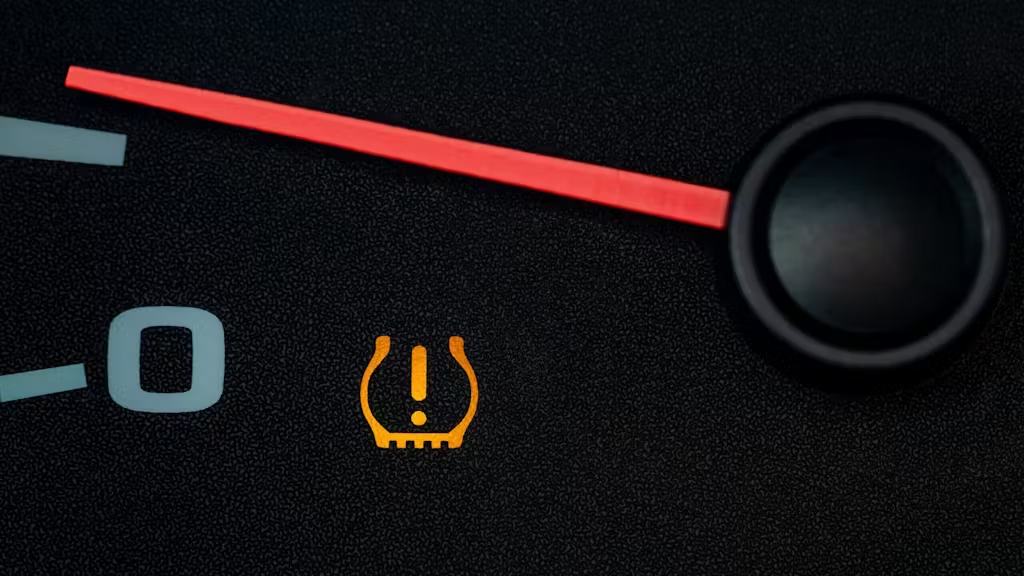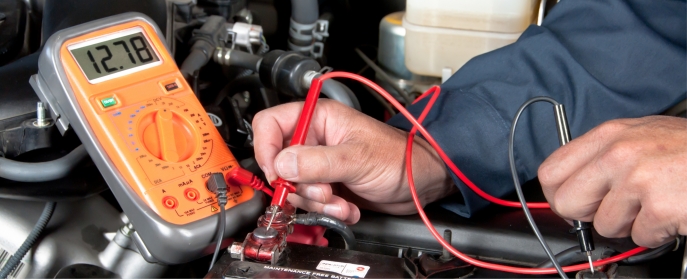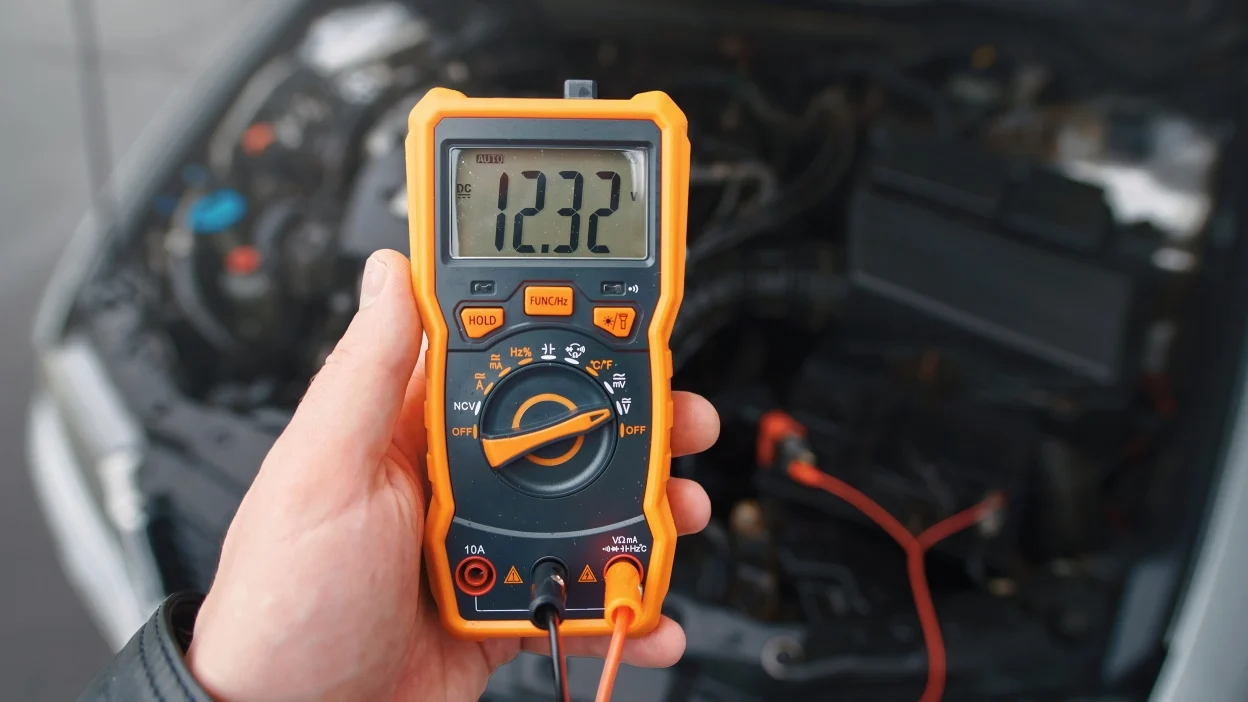If you’ve ever seen that pesky TPMS (Tire Pressure Monitoring System) light pop up on your dashboard, you know it can be a bit frustrating. This warning light alerts you to low tire pressure, which could potentially affect your vehicle’s performance and safety. But once you’ve refilled your tires, how do you get that light to turn off? This guide will walk you through how to reset a car’s TPMS light so you can drive with peace of mind.
Table of Contents
What Is a TPMS Light and Why Does It Turn On?
Before we dive into how to reset a car’s TPMS light, it’s important to understand what the TPMS light is and why it comes on. The TPMS is a safety feature that monitors your tire pressure. If the TPMS light comes on, it usually means one or more of your tires is under-inflated, which can lead to poor fuel efficiency, uneven tire wear, or even a blowout in extreme cases. But sometimes, even after adjusting the tire pressure, the light may not go off automatically. This is when knowing how to reset a car’s TPMS light becomes essential.
Step-by-Step Guide: How to Reset a Car’s TPMS Light
- Check and Adjust Tire Pressure
- Start by ensuring all tires are inflated to the manufacturer’s recommended PSI (pounds per square inch). You’ll find this information in your vehicle’s manual or on a sticker inside the driver’s door. Properly inflating your tires is the first step in learning how to reset a car’s TPMS light because a well-inflated tire should ideally turn the light off by itself.
- Drive Your Car for a Few Miles
- Sometimes, after correcting the tire pressure, you simply need to drive your car at a moderate speed for about 10-15 minutes. This can reset the TPMS sensors and turn off the light. If you’re wondering how to reset a car’s TPMS light without any additional tools, this method might be the easiest.
- Use the TPMS Reset Button
- Many vehicles come with a TPMS reset button, usually located under the dashboard or inside the glove box. Here’s how to use it:
- With the car in the “On” position but the engine off, press and hold the TPMS reset button until the light blinks several times.
- Release the button, then start your vehicle.
- If you’re asking yourself how to reset a car’s TPMS light using the reset button, this is the straightforward solution for you.
- Many vehicles come with a TPMS reset button, usually located under the dashboard or inside the glove box. Here’s how to use it:
- Deflate and Reinflate the Tires
- Another trick to reset the TPMS system is to deflate all tires completely and then reinflate them to the correct pressure. This essentially forces the TPMS sensors to recalibrate themselves. For some drivers, this method can be a more reliable approach to how to reset a car’s TPMS light when other methods fail.
- Disconnect and Reconnect the Battery
- If you’re still figuring out how to reset a car’s TPMS light, you can try disconnecting the car battery for a few minutes. This hard reset will reboot all of the car’s systems, including the TPMS. Remember to turn off the ignition and wait for a few minutes before reconnecting the battery.
Why Knowing How to Reset a Car’s TPMS Light Is Important
Understanding how to reset a car’s TPMS light can save you a lot of time and trouble. A TPMS warning light can sometimes give false alerts or stay on after an issue has been fixed. Driving with a constantly illuminated TPMS light can make it hard to notice when there’s an actual tire pressure issue, potentially putting you and your passengers at risk. By following the steps above, you can ensure your TPMS is always functioning correctly and giving you accurate information about your tire health.

Troubleshooting: When the TPMS Light Won’t Turn Off
In some cases, despite following all the steps on how to reset a car’s TPMS light, the light may still remain on. Here are a few reasons this might happen:
- Faulty TPMS Sensor: TPMS sensors have a limited lifespan. If one or more sensors are failing, the light may stay on until they are replaced.
- Electrical Interference: Some areas with strong electromagnetic interference can affect the TPMS, causing the light to stay on. Moving to a different location can sometimes resolve this.
- System Malfunction: If all else fails and you’re still wondering how to reset a car’s TPMS light, it might be time to consult a mechanic. A TPMS system malfunction is rare but possible.
Final Thoughts on How to Reset a Car’s TPMS Light
Knowing how to reset a car’s TPMS light can help you maintain proper tire health and avoid unnecessary trips to the mechanic. By following these steps, you can quickly troubleshoot and reset the TPMS system on your own. If none of these methods work, it may be worth checking with a professional to ensure there are no other underlying issues with the TPMS.
Remember, keeping your TPMS functional is essential for safe driving and long-lasting tires. Whether it’s your first time seeing the TPMS light or it keeps returning, knowing how to reset a car’s TPMS light empowers you to keep your vehicle in peak condition and drive confidently.
Related Post:
If you’re troubleshooting car issues, you might also find this guide on How to Fix a Broken Car Horn helpful. It covers easy steps to identify common horn problems and get it working again.





Leave a Reply